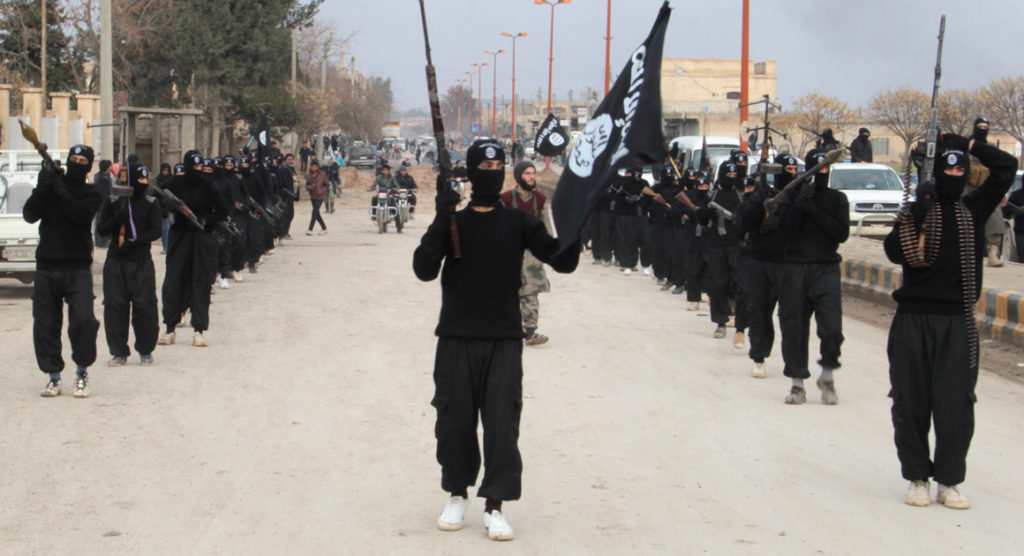In this Democracy and Security Journal article, Nelly Lahoud, Senior Fellow for Political Islamism, International Institute for Strategic Studies, Middle East, and Colonel Liam Collins, MWI Director, argue that the counter-terrorism (CT) community failed to anticipate the Islamic State.
Abstract: This article is a critique of the dominant approach within the counter-terrorism (CT) community that failed to analyze IS’s trajectory as a distinct group since at least 2006. We argue that two factors account for this failure. The first concerns the Authorization for the Use of Military Force (AUMF), the law that was enacted in the wake of the 9/11 attacks, providing options to the U.S. President to authorize the use of Armed Forces “against those responsible” for the 9/11 attacks. We contend that this law served as an incentive to lump regional jihadi groups under the AQ umbrella instead of discerning their differences. The second factor concerns what we term as the “al-Qa‘ida fixation,” it has to do with a post-9/11 bias towards understanding the threat emanating from jihadi groups around the world through the lens of AQ. This translated into falsely constructing a so-called “al-Qaeda Central” in the business of ‘franchising’ its brand and cloning its violent operations by establishing regional jihadi groups that served as its “affiliates” and carried out its orders. In the post-9/11 era, these two factors fed off each other. Our critique is not meant to suggest that the CT community is expected to predict the unpredictable, and we also recognize that one gains greater clarity with the benefit of hindsight. However, we argue that had the CT community given due attention to the differences between jihadi groups, there was ample evidence in the open source realm that was pointing to IS being AQ’s bête noire, and was seeking to outbid it.
Read the full article here.


